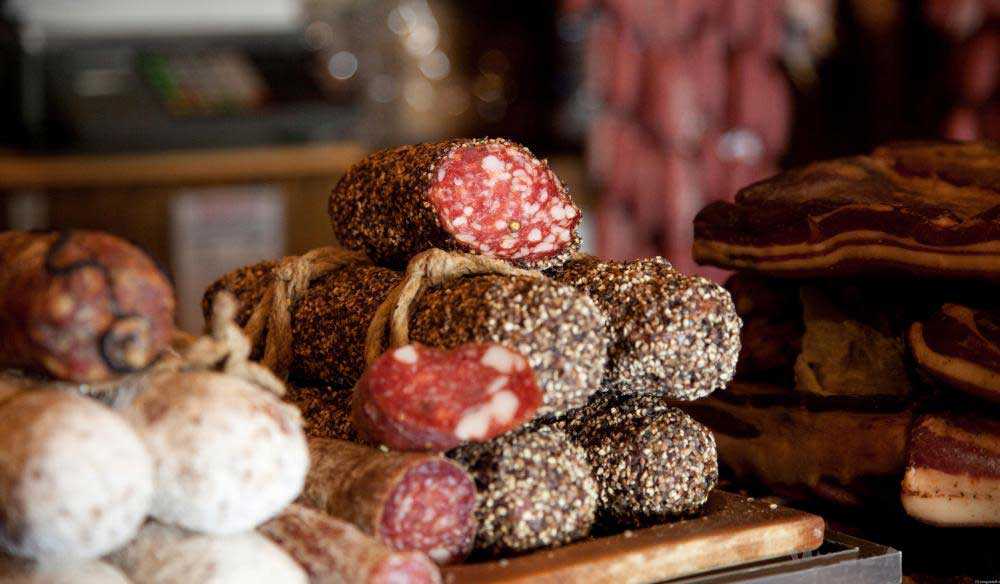
Humanity has preserved meat since the beginning of its history. Initially the techniques were basic and empirical, that is, there was no knowledge of how they worked, only practical knowledge that was passed from generation to generation. Society has evolved and preservation methods have become extremely elaborate and, in addition to preservation, gains in flavor and aroma have also gained ground. In some cases, preservation methods also increase the nitric quality of products.
Preservation methods, specifically meat in this case, were all born in homes, villages or small properties that needed to extend the use of slaughtered animals. A family could not consume an ox or a pig in a few days, it was necessary to make rational and prolonged use so that the food could be used more efficiently. These methods were perfected by the industry and today there is also a strong current of artisanal producers who have become experts in handling meat.
There are several methods used, among them I have listed the most relevant ones below.
Smoking
Smoking is an ancient method that acts on meat in various ways. Smoke is a natural insect repellent. The smoke creates a protective physical barrier, a film that protects the meat. Gases contain dozens of different chemical compounds that are responsible for the desirable properties of smoked foods, while the particles in wood smoke contain undesirable particles such as tars and ash. The gases also include carbonyls for color development, phenols that provide effects of color and flavor, and organic acids and alcohols, both antimicrobial.
All of these compounds are produced at temperatures between 150°C and 480°C during wood pyrolysis. Because different gases are produced at different temperatures, the temperature of the generator can affect the resulting mixture. It has been suggested that a smoke generation temperature in the range of 315°C to 345°C will provide the best smoke for smoking.
Smoking also reduces the pH, leaving the meat more protected against the proliferation of microorganisms. Acidity is an important protective barrier. It is important to use rigid, dry wood, without chemical treatment (varnish) and free of natural resins. Fruit trees in general are all good. Read the post about which wood used to smoke food.

Curing or Drying
It is necessary to differentiate between chemical curing, which is the reaction of sodium nitrite in the meat, and physical curing, which is the drying process, the gradual loss of water from the meat. Chemical curing will not be discussed here as it is an added chemical additive and the focus of this article is the natural processes practiced for centuries by humanity. If you are interested in knowing the action of sodium nitrite on meat, read the post “Curing salt, what it is and how much to use“.
The reason water loss is so important in charcuterie is that bacteria and fungi need water to multiply. Without water, there is no proliferation of pathogens. The more water you remove from the meat, the more inhospitable it will be to any microorganisms.
As the product loses weight, the seasonings, salt and meat flavor become increasingly pronounced. In addition to the intensity of the flavor due to the lower concentration of water, the enzymatic reactions that occur naturally in the meat as time passes also add an incredible range of aromas and flavors.
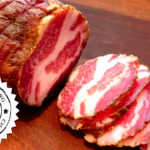
Fermentation
Although most people don't stop to think about it, much of what we consume goes through fermentation. As an example I can mention yogurt, cheese, bread, vinegar, beer, soy sauce, pickles, and yes, lots of salami, hearts and raw hams. The way meat works is similar to any other food, sources of sugar are added that serve as food for bacteria that, in return, release acid and other compounds. Acidity is a very efficient natural preservative. The fermentation process can also add vitamins and facilitate the digestive process. These are the famous probiotics. In short, fermentation protects through acidification. In industry, this process is most often skipped by the direct addition of acids. These are the famous acidulants that always appear on the labels of processed foods.
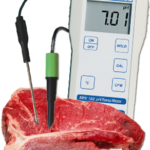
salt
Common salt (NaCl) is the most important ingredient in charcuterie. Sodium chloride, by itself, is not hygroscopic, that is, it does not draw water towards itself. What makes the salt moist, hard, is the presence of magnesium chloride, calcium chloride and magnesium and calcium sulfates added to table salt. Salt removes water from food through osmotic pressure, which pulls low-salt water out of the food through semi-permeable cell membranes. In addition to osmotic pressure, the accumulation of salt particles (chlorine ions) in large concentrations causes muscle tissue to be compressed, further increasing water expulsion.
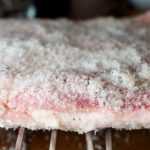
Preservation in fat/oil (confits)
Oils and fat are a means of repelling grease and creating an efficient barrier against microorganisms. The most traditional method is confit, of French origin, which consists of cooking the meat immersed in fat, then cooling it by keeping the meat immersed in the cooled and solidified fat. When the product is slowly cooked in fat and then kept immersed, the meat lasts for several months. A simple and very efficient method.
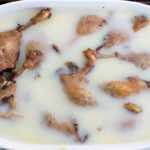




HELLO!!! PLEASE, MY SECOND BATCH OF SALAMI THAT I MADE WAS FROM UNCLE HAMBURGUÊS, AFTER FIFTEEN DAYS THAT WE HAVE ALREADY BEEN CONSUMING IT, I AM NOTICEING A “RANCY” TASTE, WHERE I COULD HAVE MADE IT WRONG, OR WHAT TO DO OR ADD TO THE DOUGH TO SO THAT IT DOESN’T MORE TO HAPPEN? THANKS IN NOW! I WILL BE ORDERING MORE ITEMS SOON!!
Hi Arthur. To avoid rancidity, you can add a antioxidant in the salami dough. Furthermore, it is recommended that the entire curing/maturation process be carried out in a dark environment. Conservation after the product is ready must also be in the dark. Light and oxygen are the main means of fat oxidation.
https://charcutaria.org/categoria-produto/aditivos/antioxidantes/
Good afternoon,
After the finished product, what is the best way to store it and for how long is possible before the product perishes?
Walter, it really depends on the product. A salami and a cup, for example, have a high durability as they are products that contain less water, consequently lasting longer even at room temperature. Sausages and mortadella, for example, last much less even when refrigerated as they are very moist. Dried meat, which is preserved with a lot of salt, has an enormous shelf life.